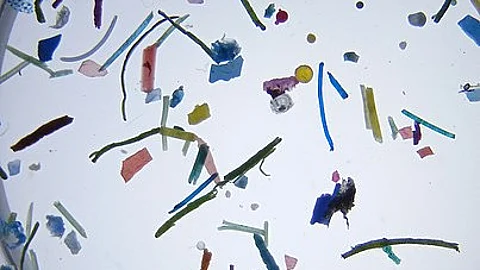Nanoplastics are minuscule plastic particles that measure less than 1 micrometer in diameter, making them invisible to the naked eye. Due to their tiny size, these particles can infiltrate the human body, entering various biological systems such as the bloodstream and organs. A recent study published in the journal Neuroscience explored the impact of nanoplastics on brain development and behavior, particularly focusing on how they influence social interactions and dopamine-related brain functions during critical developmental stages.
Impact of Nanoplastics on Brain Development
Researchers in this study exposed pregnant mice to nanoplastics at different stages of gestation and during their offspring's early development. The exposure occurred during various phases: in the womb, during infancy, and into early adulthood. The team then analyzed the mice’s behavior and brain activity, particularly looking for changes in social behavior and neurological responses.
The findings showed that the timing of exposure to nanoplastics had a significant impact on the results. Mice exposed during late pregnancy or early adulthood experienced substantial disruptions in their social behavior. These mice showed increased anxiety, freezing when faced with unfamiliar environments, and reduced social interaction with other mice. This behavior was linked to disrupted activity in the brain's dopamine-related regions, which are essential for regulating mood and behavior.
In contrast, mice exposed to nanoplastics during mid-pregnancy displayed reduced movement, but their social behavior did not show the same anxiety-like symptoms. Mice exposed during adolescence showed more brain activity but did not exhibit major changes in their behavior, suggesting that exposure during adolescence might have a different impact compared to other stages.
Role of Dopamine and Timing of Exposure
The research also highlighted the significant role that the dopamine system plays in these behavioral changes. Dopamine, often referred to as the "happy hormone," is crucial for regulating mood and motivation. Disruptions in dopamine-related brain areas, such as the prefrontal cortex and amygdala, were found in mice exposed to nanoplastics during critical periods like late gestation and early adulthood, which may explain the heightened anxiety and social difficulties observed in these groups.


